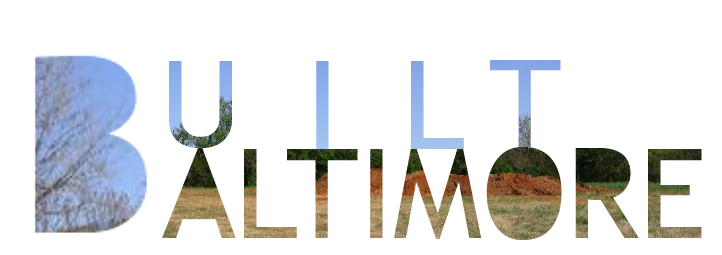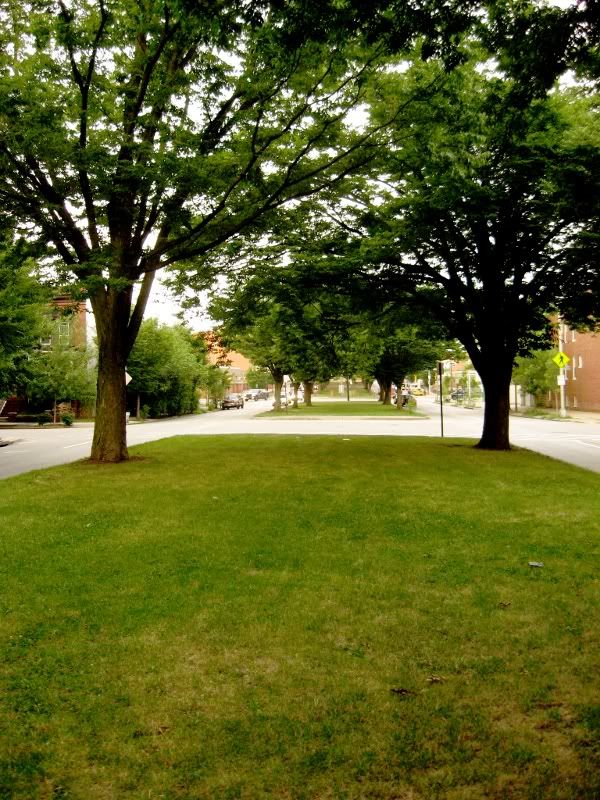The mystery began to unravel when I discovered a mysterious farm plot tucked inside a chainlink fence as I was walking in Roosevelt Park, in Hampden. Luckily for me, a local farmer had left the gate ajar while he was gardening and upon my questioning revealed that I (or anyone in the city) could rent a small plot for a modest yearly fee!
1.To qualify for participation in the program, you must be at least 18 years of age and a resident or employee of Baltimore City. An adult must sponsor anyone under 18.
2. New gardeners are permitted to rent only one plot in their first year. Gardeners will be considered for additional plots in subsequent years at the discretion of the coordinator. Each household has a three-plot maximum.
3. Plots are @ 10’ x 15’ and are marked by a numbered stake. Make sure the stake number matches the number on your contract and receipt.
4. Rental cost for 2010 is $30.00 per plot; there is a one time non-refundable key fee of $10.00 for new participants. Prices are subject to change through written notice. Do not make copies of your garden key – extra keys can be obtained through the City Farms office.
5. Gardening hours are dawn to dusk. For your personal safety and to prevent vandalism, make sure the gates are locked at all times.
6. Wood chips and leaf compost are provided by the Horticulture Division for use in the gardens. Water will be available from early spring through late fall.
7. At the City Farms, trash is separated into two categories – organic garden remains, and garbage. Organic debris consists of pulled weeds, spent plants or anything that once was growing in your garden. Organic debris is kept in a separate pile at designated areas in each City Farm. Garbage is trash that has not grown in your garden, and goes in the trashcans provided. Do not put garbage in the organic waste piles, or bags of pulled weeds in the trashcans.
8. At each City Farm there is a Garden Representative who can help with problems or questions.




